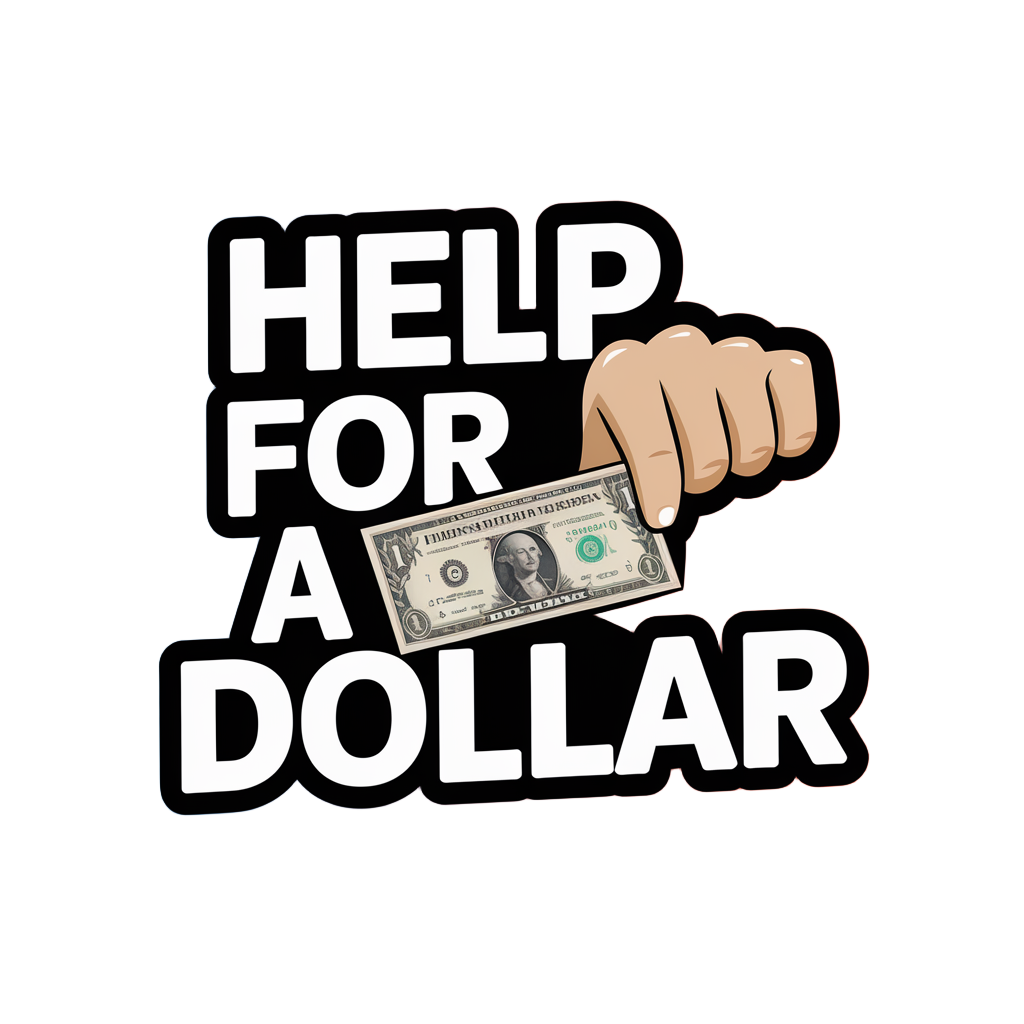Feasibility of a Social Media Ban for Under-16s Explored
In recent discussions, a proposal has emerged advocating for a ban on social media usage for individuals under the age of 16. This idea has sparked a variety of responses from professionals, particularly in the field of psychiatry. As mental health issues among adolescents continue to rise, questions surrounding the implementation and practicality of such a ban are at the forefront of the debate.
The Current Situation: Mental Health and Social Media
Numerous studies indicate a correlation between social media usage and increased mental health challenges among teenagers. Issues such as anxiety, depression, and low self-esteem have been linked to excessive time spent on these platforms. As a result, the call for a social media restriction has gained traction among health professionals who believe that limiting access could foster a healthier environment for youth.
Arguments Supporting the Ban
- Supporters argue that social media can expose young users to cyberbullying and unrealistic portrayals of life, leading to negative self-image.
- Proponents attribute the rise in mental health issues among teenagers to significant social media engagement, advocating for protective measures.
- Healthcare experts express concern about the addictive nature of social media, which can lead to a decline in face-to-face interactions and physical activity.
Challenges in Implementation
While the notion of banning social media for those under 16 might seem appealing, implementing such a restriction presents several challenges. Lawmakers and professionals have voiced concerns about how to enforce this ban effectively with the current technology landscape.
The Role of Technology Companies
Tech companies would play a crucial role in enforcing these restrictions. However, many platforms already have age restrictions in place, which are often easy to bypass. This calls into question the effectiveness of a government-enforced ban without robust measures from technology companies.
Parental Involvement
Another layer of complexity lies in the responsibility of parents. Many believe that setting limits on social media access should be a family decision rather than a regulatory mandate. This leads to discussions about the strategies parents can adopt to monitor their children’s online behavior effectively.
Potential Alternatives to a Complete Ban
Instead of an outright ban, experts suggest exploring alternatives that can mitigate the negative effects of social media on young people. Proposals include:
- Education Programs: Implementing educational initiatives that teach responsible social media use and digital literacy.
- Time Limits: Encouraging families to set daily limits on social media usage to promote a balanced lifestyle.
- Monitoring Tools: Developing apps that help parents and teens track usage time and set boundaries collaboratively.
Conclusion: Finding a Balanced Approach
The discussion surrounding a potential social media ban for individuals under 16 highlights the intricate balance between protecting youth and recognizing the role that technology plays in their lives. While the concerns regarding mental health are valid, a careful consideration of the practical aspects of enforcing a ban, as well as potential alternatives, is essential.
The path forward may sit in combining educational initiatives with collaborative measures between parents, youths, and tech companies, fostering an environment where social media can be both safe and enriching. Conversations on this topic are crucial and need to continue as society navigates the complexities of adolescence in the digital age.

Leave a Reply